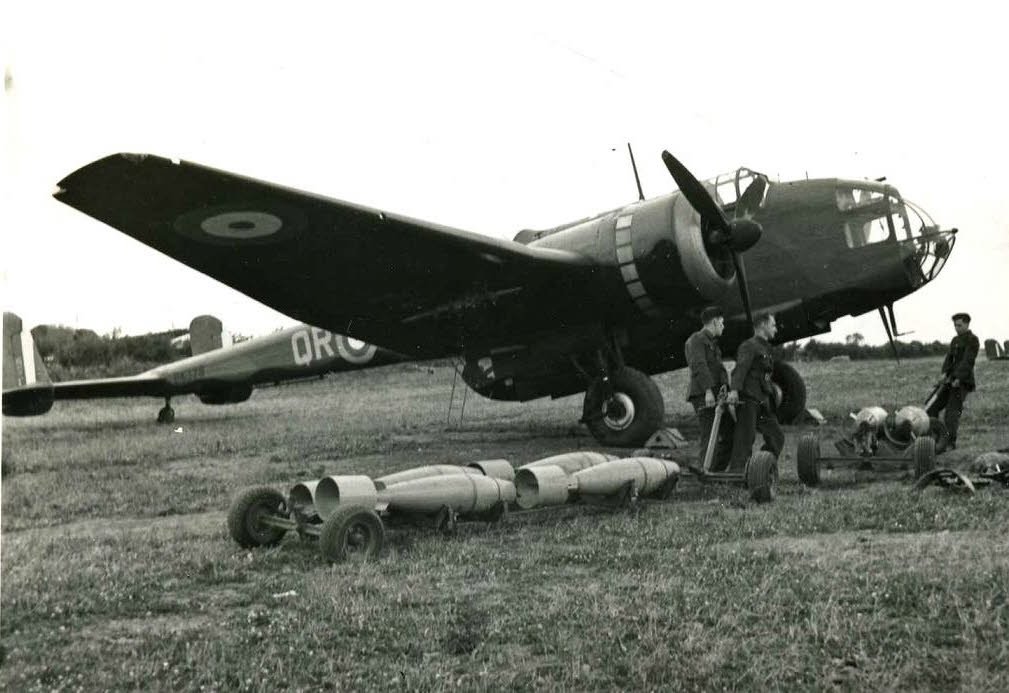
Handley Page Hampden of No.61 Squadron
Acqua alta is an unusually high tide, which rises enough to flood parts of Venice. This flooding is most dramatic when a higher-than-average tide coincides with various other phenomena - such as heavy rainfall inland from the Venetian lagoon, a wind blowing in from the Adriatic sea or an area of low pressure. High water is most likely to occur.
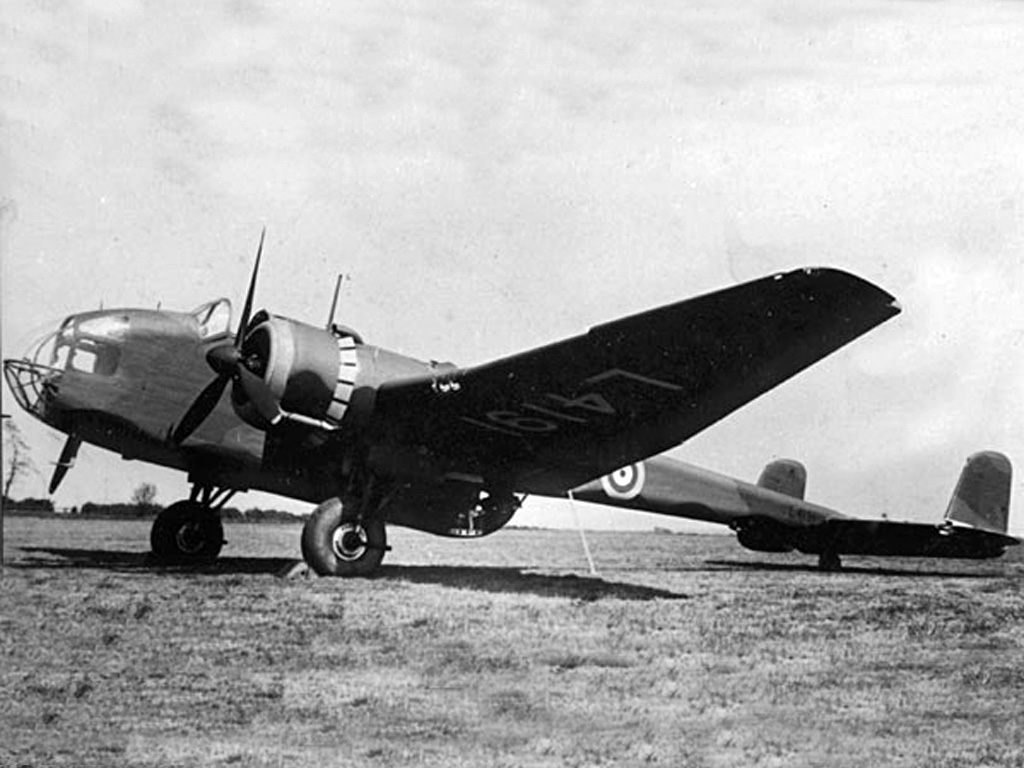
Handley Page Hampden Did you know? Dowty Heritage
Handley Page's H.P.52 (later named Hampden) was to share with the Wellington and Armstrong Whitworth Whitley the major portion of Bomber Command's early raids over Germany in World War II. Unorthodox in appearance because of its deep fuselage and slender tailboom, it was to earn the nicknames 'Flying Panhandle' and 'Tadpole'..

Handley Page Hampden · The Encyclopedia of Aircraft David C. Eyre
The Handley Page Hampden was one of the three twin engined bombers in RAF service at the outbreak of the Second World War, along with the Vickers Wellington and Armstrong Whitworth Whitley. Like the Wellington, the Hampden was developed in response to Air Ministry specification B.9/32 of September 1932.

Handley Page HP52 Hampden Mk1 Untitled Aviation Photo 2152419
The Royal Air Force museum's Hampden P1344 has been with the museum since 1992 and is currently undergoing long term restoration at the restoration facility.

Proposed 'Early Normandy' Pack Suggestions IL2 Sturmovik Forum
Handley Page Hampden. Handley Page Hampden Photo Essay. S leek and maneuverable, the Handley-Page Hampden had a distinctive, deep fuselage which gracefully tapered to a slender tail boom. It was said to have been, "a great aircraft to fly with excellent visibility from the cockpit, and responsive, superior handling characteristics even at low.

RAF Handley Page Hampden. Wwii aircraft, British aircraft, Royal air force
The Handley Page HP.52 Hampden was a British twin-engine medium bomber of the Royal Air Force (RAF). It was part of the trio of large twin-engine bombers procured for the RAF, joining the Armstrong Whitworth Whitley and Vickers Wellington.

Handley Page Hampden bomber in flight In de Hampden File s… Flickr
The Handley Page HP52 Hampden was designed by Gustav Lachmann to meet Air Ministry Specification B9/32 for a twin-engined day bomber. A single HP2 prototype took to the air for the first time on 21st June 1936 and an initial order for 180 Mk1 Hampdens was placed shortly thereafter. The first production machine flew on 24th May 1938.
172 Airfix Handley Page Hampden. modelmakers
Handley Page Hampden. Eight squadrons of Hampdens were operational at the beginning of the war and were in action immediately, raiding enemy naval installations and ships until the daylight formations encountered enemy fighters. Casualties became so heavy the Hampden was taken off operations, re-equipped with better armour and armament, and.
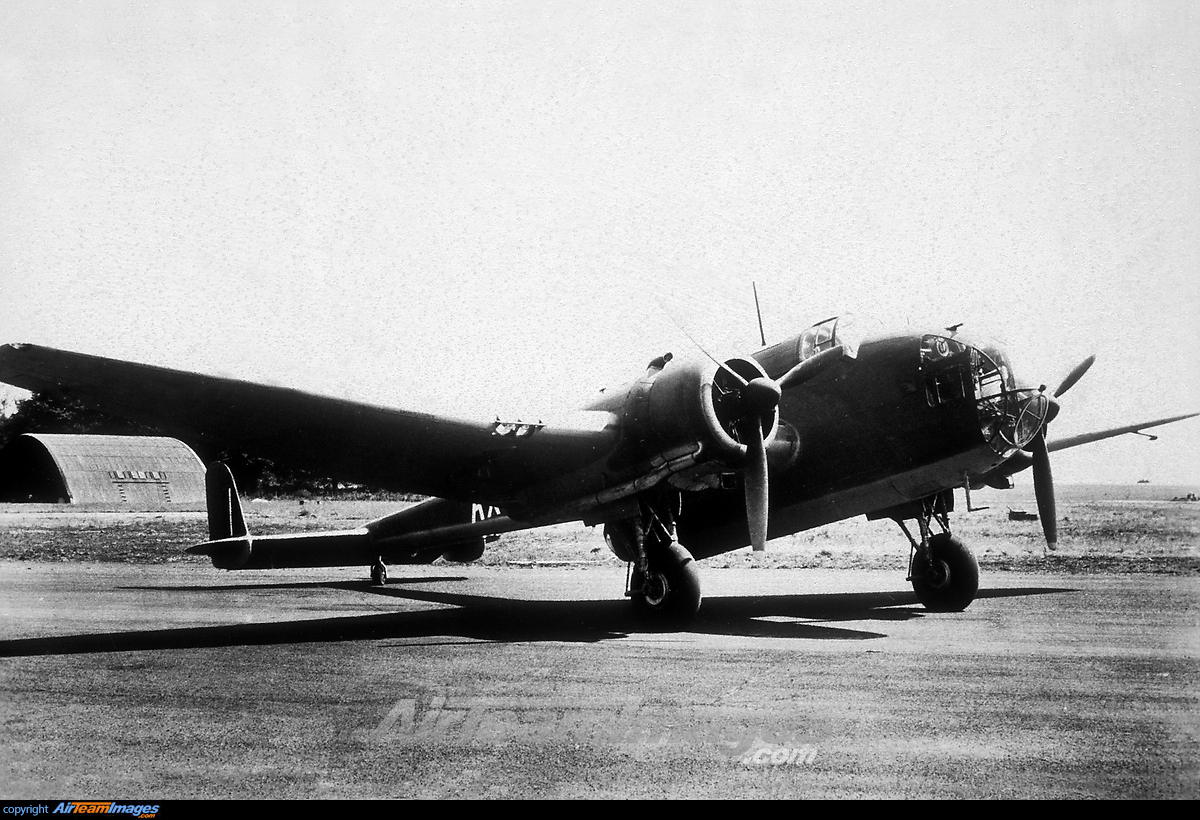
Handley Page Hampden Mk I Large Preview
The Foundation Miniscalchi-Erizzo, which opened in the 50's of the last century thanks to the last descendent of the lineage, is located in the heart of Verona in the aristocratic house of the family.
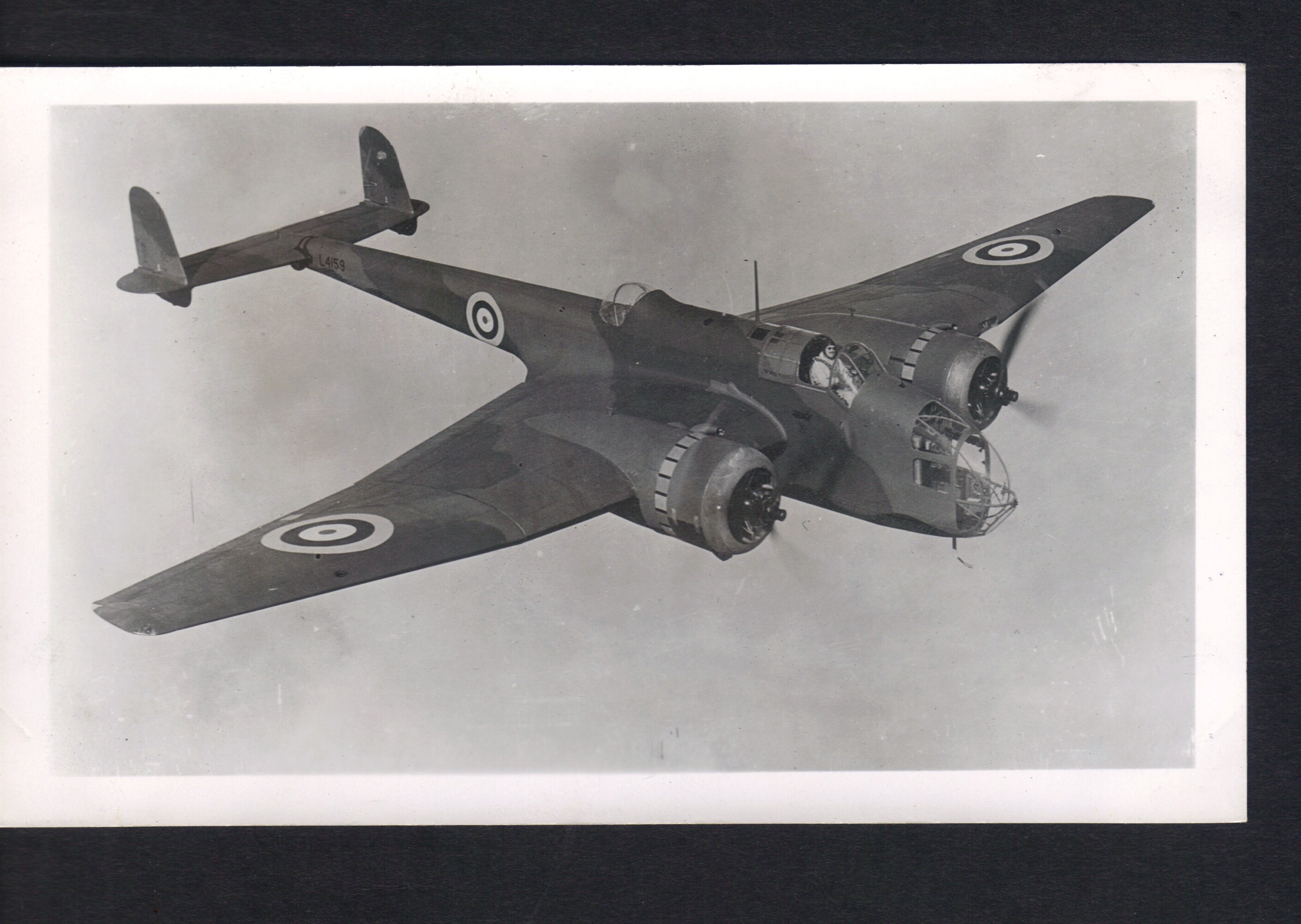
Handley Page Hampden 1 R.A.F.Fighter Plane Vintage BW Photo Etsy
The Handley Page Hampden; A Plane for Fat Shaming April 29, 2022 The early 1930s was a time of great development for aircraft designers and engineers and one of the best examples of this can be seen with the British manufacturer, Handley Page. In 1930, they first flew the Heyford bomber, which went into service with the Royal Air Force in 1934.
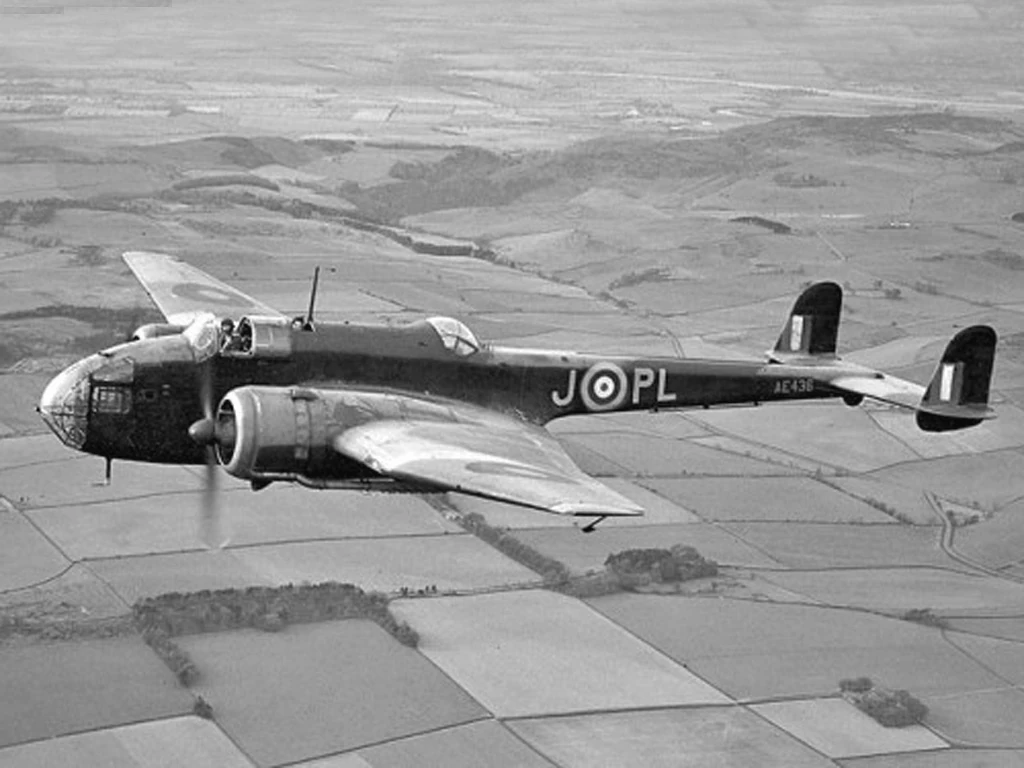
Handley Page Hampden World War II Wiki Fandom
Handley Page developed a modern stressed-skin mid-wing monoplane, powered by Bristol Pegasus radial air cooled engines, with its first flight in 1936. It had the most advanced wings available at the time, giving it a remarkably low landing speed of 73 mph for an aircraft of its size, with a top speed of 265 mph.

Handley Page Hampden , 1942. Airplane history, Wwii aircraft, Hampden
Handley Page Hampden. The twin-engined Hampden would serve with Bomber Command in the first years of the Second World War, taking part in the first raid on Berlin in August 1940 and in Operation Millennium during May 1942. The Handley Page Hampden also served with Coastal Command, playing a part in the U-boat battle, before being phased out of.

Handley Page Hampden [Bombardero Medio] La Segunda Guerra Mundial
The Handley Page HP.52 Hampden is a British twin-engine medium bomber that was operated by the Royal Air Force (RAF). It was part of the trio of large twin-engine bombers procured for the RAF, joining the Armstrong Whitworth Whitley and Vickers Wellington.

Photograph Handley Page Hampden Aircraft, circa 1939
HANDLEY PAGE HAMPDEN David C. Eyre August 24, 2019 Photograph: Handley Page Hampden in the United Kingdom, circa 1942 (RAAF Museum) Country of origin: United Kingdom Description: Medium bomber Power Plant: (Hampden I) Two 720 kw (965 hp) Bristol Pegasus XVIII nine-cylinder air-cooled radial engines Specifications: Wingspan: 21.09 m (69 ft 2 in)
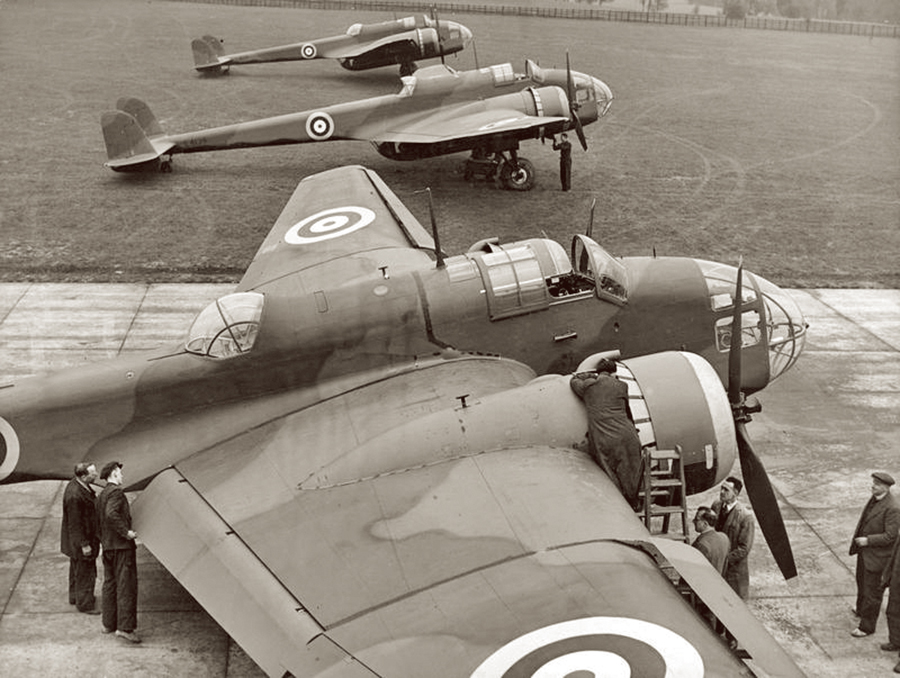
HANDLEY PAGE HAMPDEN Recovery Curios
The Handley Page HP.52 Hampden was a British twin-engine medium bomber of the Royal Air Force (RAF). It was part of the trio of large twin-engine bombers procured for the RAF, joining the Armstrong Whitworth Whitley and Vickers Wellington.
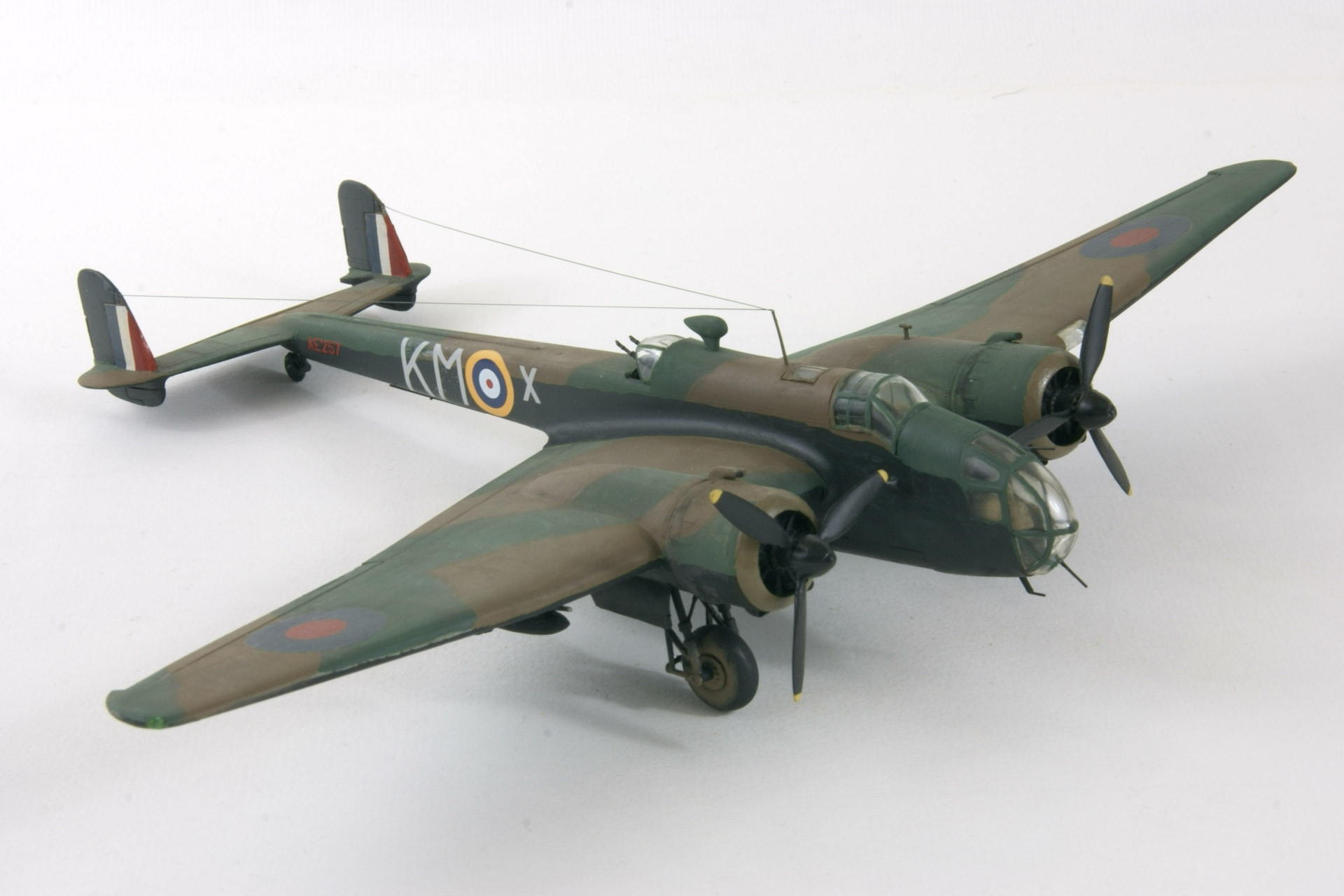
RAF (Southern Rhodesia) in WWII
Handley Page Limited was a British aerospace manufacturer. Founded by Frederick Handley Page (later Sir Frederick) in 1909, it was the United Kingdom's first publicly traded aircraft manufacturing company. It went into voluntary liquidation and ceased to exist in 1970.